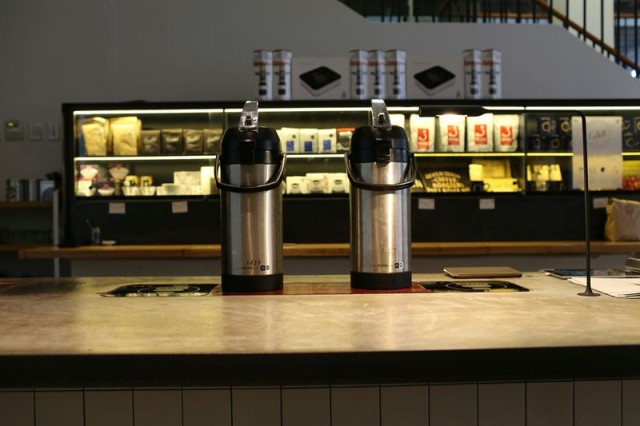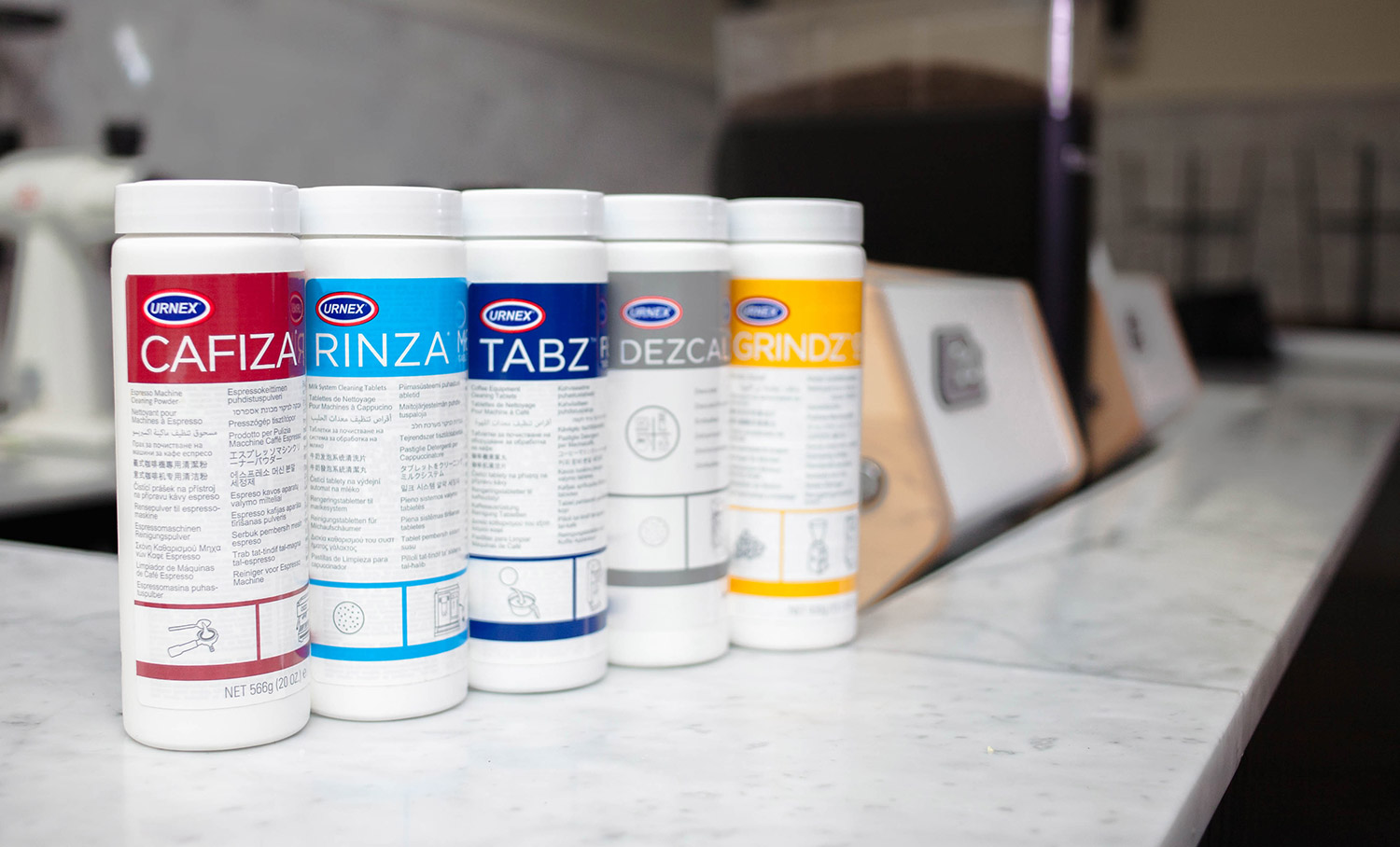
When it comes to brewing consistently delicious coffee for the masses, batch brewing makes sense for one’s business and sanity. A well-executed batch brewing program is time- and energy-efficient, especially when serving an endless line of customers in the café. And once it’s dialed in to the desired recipe, a batch brewer will produce an amount of quality coffee enough to serve a small village.
If you decide to implement your own batch brewing program, it’s important to know the maintenance requirements for each of a batch brewers’ components so you can serve clean, quality coffee in every batch.
Maintaining Your Batch Brewing Equipment
Airpots and Dispensers:
Either in a coffee chain or independent café, making coffee using a batch brewer is a fairly big coffee commitment. Commercial batch brewers can produce anywhere from 1 to 6 liters of coffee. On the high end of the spectrum, a single batch of coffee from this brewer can serve your next 16-18 customers. You’ll want to ensure that all those customers are served fresh, quality coffee.
A fact of life when brewing on a batch is that this large amount of brewed coffee can sit in the machine’s dispenser or airpot for up to a couple of hours. In essence, this is the beauty of batch-brewing – the barista can dial in the machine, let the coffee brew for 6 to 7 minutes, and serve the next string of customers with just the flick of the faucet.
But issues can arise from this method of brewing. Because the coffee is in contact with serving vessel for a long period of time, coffee residue will adhere to the stainless steel of the dispenser or airpot. That residue will go rancid, and can taint your current batch as well as future batches. Just as if a chef were to prepare a pot of soup, he or she would certainly clean the pot before cooking the next one.
Spray Head:

But it can’t always be assumed that the spray head is clean and functioning properly. After multiple uses, the spray head can become clogged with scale buildup. When this occurs, it effectively reduces the flow rate coming out of the spray head, and the machine won’t brew the right amount of coffee. If a spray head has 24 holes, and each collects a little bit of scale buildup, there could be a significant decrease in total brew volume. This issue is commonly-known as short potting. This will also spoil the taste of the brew because the coffee-to-water ratio of the batch has been affected.
Additionally, when scale builds up on the spray head, the hot water won’t flow evenly through each of the holes, and the coffee grounds will be extracted at wildly different levels. Some of the coffee grounds might not even get wet! This unevenness of extraction makes for a bad batch, and terrible flavors in the cup.
Brew Baskets:
On a batch brewer, or any other brewing equipment for that matter, keeping the brew basket clean is key to a fresh batch. As the component that physically holds the ground coffee, it’s important that the fresh coffee doesn’t interact with old coffee oils. However, it’s easy for old coffee grounds and residue to become lodged in the corners and crevices of the basket. It’s good practice to frequently rinse your brew basket in clean water. But without a proper cleaning, the residue will become nearly impossible to remove with a simple brush or rinse.
How to Clean Your Batch Brewer

To clean with Tabz, simply drop one tablet per 2-liter vessel into the brew basket. And after running the machine’s brew cycle, the product will clean coffee oils and residue from both the brew basket and serving vessel.
To address the scale buildup that can occur in a batch brewer, we offer our Dezcal Activated Scale Remover Liquid and Tablets. It is specially formulated to effectively descale coffee equipment components and remove mineral deposits which clog and impair brewing equipment. Due to the technical nature of descaling a commercial coffee brewer, we recommend Dezcal to be used on commercial equipment by professional technicians only.
As any seasoned barista knows, cleaning the coffee equipment at the end of a long shift is the last thing any employee wants to do. And in most coffee shops, the chosen method of cleaning the batch brewing equipment is grabbing the closest brush, and scrubbing the day’s coffee residue from the airpots and dispenser with some anonymous chemical. This is tedious and tiresome work, and not particularly cost- or labor-effective. By tossing in a Tabz to clean your batch brewer, you’ll never scrub an airpot or brew basket again.

